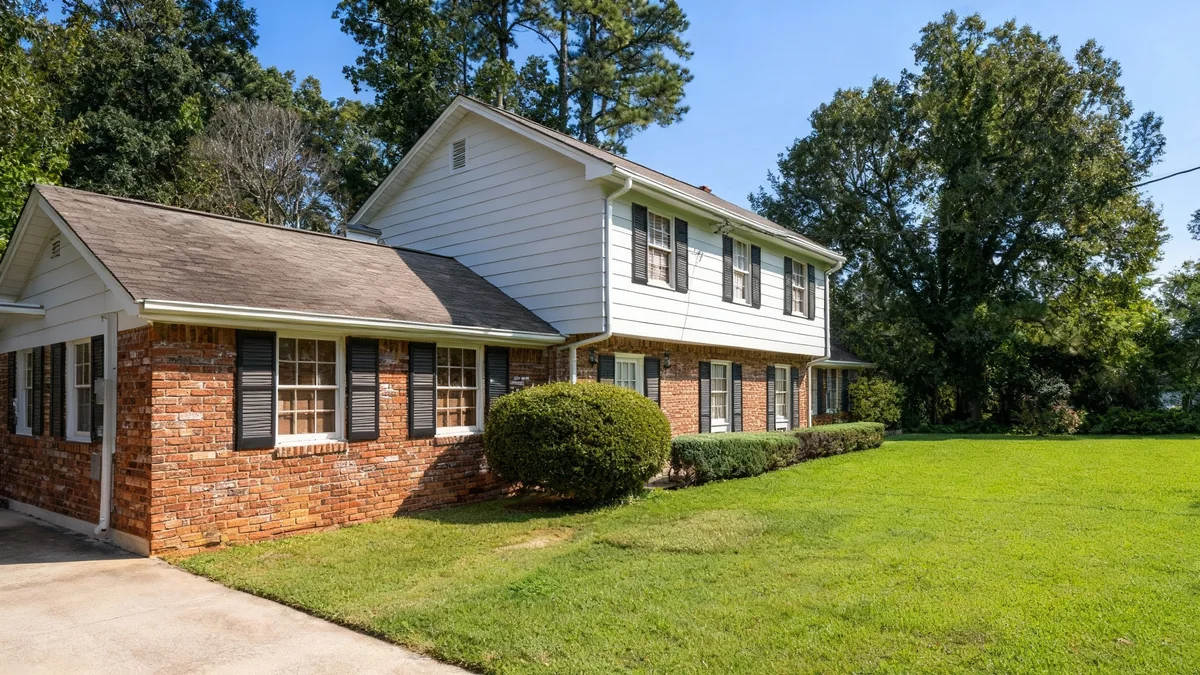Real estate investors acquired 33% of all single-family homes sold in the United States during the second quarter of 2025, marking the highest level of investor market share in five years. This significant finding comes from the Q2 2025 Investor Pulse™ Report, a new analysis published by the real estate data platform BatchData.
The report, released on September 25, 2025, indicates that while the percentage of investor purchases grew, the total number of homes sold declined compared to the previous year. This suggests that investors are playing an increasingly prominent role in a cooling housing market.
Key Takeaways
- Investor purchases accounted for 33% of single-family home sales in Q2 2025, a five-year peak.
- The increase in market share occurred despite a general slowdown in overall home sales.
- Small investors, owning one to five properties, control 87% of the investor-owned housing stock.
- Large institutional investors have been net sellers for six consecutive quarters, reducing their portfolios.
- Investors continue to target properties priced below the national average, focusing on more affordable market segments.
Investor Activity Rises in a Slower Market
The share of homes bought by investors saw a notable increase from the first quarter of 2025, when it stood just under 27%. The figure is also a significant jump from the 25.7% recorded for the full year in 2024. According to the report, investors now own approximately 20% of the 86 million single-family homes nationwide.
However, the higher market share percentage is partially a result of a weaker overall sales environment. The actual volume of homes purchased by investors in Q2 2025 was 16,000 units lower than in the same period of 2024.
"Interestingly, while the percentage of single-family homes purchased by investors rose to a five-year high, the actual number of homes purchased during the second quarter of 2025 was 16,000 fewer than a year ago," stated Ivo Draginov, Co-Founder and Chief Innovation Officer at BatchData. "So the relatively high percentage of home purchases by investors is at least partly due to overall home sales being weaker in Q2 2025 than they were in Q2 2024."
About the Report
The Investor Pulse™ Report is a quarterly analysis that examines investor activity in the U.S. residential housing market. It uses data from BatchData to track ownership patterns, transaction trends, and pricing strategies, providing insights for real estate professionals and policymakers. The report is prepared in collaboration with the business intelligence firm CJ Patrick Company.
Small 'Mom-and-Pop' Investors Drive the Market
Contrary to common perceptions of a market controlled by large corporations, the data reveals that small-scale investors are the dominant force. Individuals and small entities owning between one and five properties hold a commanding 87% of all investor-owned single-family homes.
Investors with six to ten properties account for another 4% of the market. This means that investors owning ten or fewer properties collectively control over 90% of the investor-held housing stock.
Large Institutions Are Selling Off Properties
The largest institutional investors, defined as those owning 1,000 or more properties, represent just 2% of all investor-owned homes. Furthermore, this segment has been actively reducing its inventory. Q2 2025 was the sixth straight quarter in which these large investors sold more properties (5,801) than they acquired (4,069).
Geographic Trends in Investor Ownership
The report highlights distinct patterns in where investors are most active. The states with the largest populations also have the highest absolute numbers of investor-owned properties.
- Texas: 1.46 million investor-owned homes
- California: 1.33 million investor-owned homes
- Florida: 1.1 million investor-owned homes
However, when measured as a percentage of the state's total housing stock, a different picture emerges. States known for tourism or recent population growth show the highest concentration of investor ownership.
- Montana: 31%
- Maine: 31%
- Alaska: 27%
- Hawaii: 26%
Other states with above-average investor ownership include affordable markets like Arkansas, Mississippi, and West Virginia, as well as states that have seen recent influxes of new residents, such as Idaho, Vermont, and Wyoming.
Focus on Value-Oriented Properties
Investors consistently target lower-priced segments of the housing market. In the second quarter of 2025, the average price paid by an investor for a home was $455,481. This is significantly below the average market price of $512,800 and the median price of $410,800 for all home sales during the same period.
Large institutional investors operate in an even lower price tier, with an average purchase price of just $279,889. These firms tend to concentrate their activities in the Midwest and South, where property values are generally lower than the national average.
Despite this focus on affordability, the average purchase price for investors in Q2 2025 was the highest recorded in the past six quarters, up from $389,562 in Q2 2024.
A Closed Loop of Transactions
The report also sheds light on who investors transact with. While investors purchase properties from a variety of sources, including homeowners and lenders, they frequently sell to other investors. In Q2 2025, just over 53% of homes sold by investors were purchased by other investors.
This trend is even more pronounced among the largest institutional players. They acquired 47% of their new properties from other investors and sold 66% of their divested properties to fellow investors, indicating a more self-contained ecosystem.
Despite these investor-to-investor sales, Draginov noted the important role investors play in supplying homes to the broader market. "Investors did sell over 104,000 homes, with 45% of those sales going to traditional homebuyers," he said. "So in addition to the important role investors continue to play providing necessary liquidity to a weak home sales market, they're also bringing much-needed inventory... to the market."





